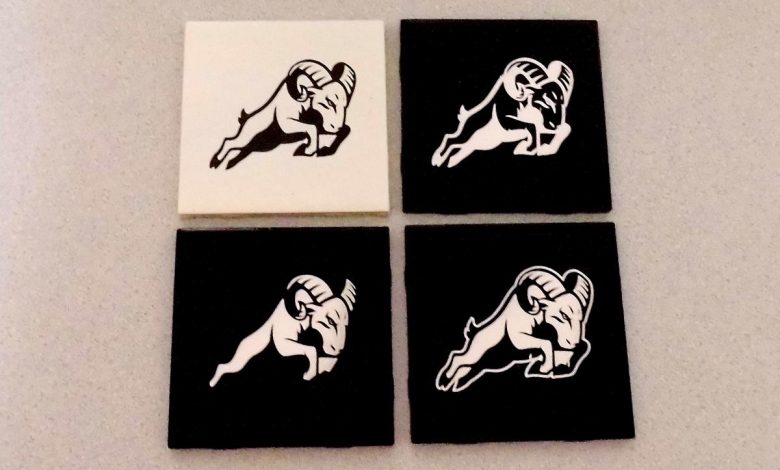How to Determine if You Need to Invert Graphics for Engraving
Before anything is marked with the laser, there is one question to consider

Before anything is marked with the laser, there is one question to consider: Will the mark that is made, even if color-filled, be darker or lighter than the material being marked? If darker, there is no need to invert the graphic. If lighter, then inverting the graphic in the drawing may be necessary.
Grayscale graphics, photographs, and more complex graphics such as those where relative colors and contrasts need to be preserved should be inverted. “If the mark or fill is light, invert the graphic to get it right. But if the mark or fill is darker still, the graphic should stay in a positive way.”
When a graphic is engraved with the laser and makes a mark that is lighter in color than the material being marked, a negative image is created. Text that is black in a drawing will be white on a wineglass. A positive image of an American flag in a drawing engraved on a dark-colored, powder-coated tumbler results in a flag with dark stars on a light field, seven white stripes, and six darker stripes. And a bald eagle will have a dark head and a white eye on a dark-colored, cotton duck canvas bag. While the white text on glass is, in practice, acceptable, the others are not. I’ve seen enough negative flags and black-headed bald eagles to know that this is an issue.